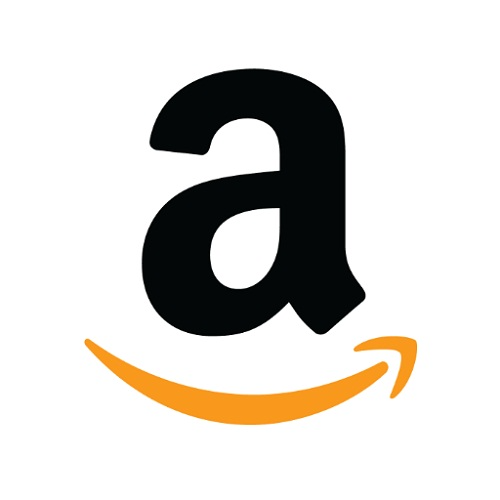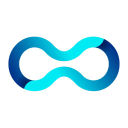
How We Bootstrapped A $23K/Month Email Marketing Platform From India
Hello! Who are you and what business did you start?
Hello, my name is Varun and I am the founder of SendX. We are an email marketing company focussed on building an intuitive, affordable and feature-rich email marketing software.
You can use SendX for sending newsletters, drip sequences or automation ( cart abandonment, post-purchase followup, etc. ). We also have popups and landing pages that work very well for generating leads either directly from your website/blog or from paid ads.
Since the early days, our focus has been in helping our customers build better relationships and more revenue from SendX with them having to do minimal work. So you have software which is really smart. It can send emails at times when people are more likely to open it or act on it. It can have dynamic content based on things that people did in the past.
The other interesting thing about SendX is that you can actually see how much money you are making from every email campaign or every automation down to the very last dollar.
We launched our first public beta in January 2017 and are currently doing $23K+ MRR. We have bootstrapped the business and have remained profitable for our entire journey.

Download the report and join our email newsletter packed with business ideas and money-making opportunities, backed by real-life case studies.

Download the report and join our email newsletter packed with business ideas and money-making opportunities, backed by real-life case studies.

Download the report and join our email newsletter packed with business ideas and money-making opportunities, backed by real-life case studies.

Download the report and join our email newsletter packed with business ideas and money-making opportunities, backed by real-life case studies.

Download the report and join our email newsletter packed with business ideas and money-making opportunities, backed by real-life case studies.

Download the report and join our email newsletter packed with business ideas and money-making opportunities, backed by real-life case studies.

Download the report and join our email newsletter packed with business ideas and money-making opportunities, backed by real-life case studies.

Download the report and join our email newsletter packed with business ideas and money-making opportunities, backed by real-life case studies.






















